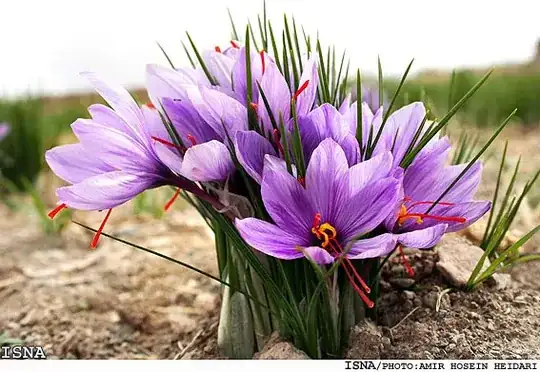For plants generally, the following three things help plants flower and fruit more:
- Red light
- Potassium
- Phosphorus
Both potassium and phosphorus are supposed to play a role in flowering, fruit and fruit size. If your plants have enough of those, more red light might help.
I don't know if this is true, but I heard a rumor on some Amazon reviews that worm castings help a lot, too. Maybe it's the microbes or humic acid helping with something there. You might get worms in your soil, though, if you use those. The aeration from the worms might help with flowering (but that's just a hypothesis). I've also heard that if you're not careful, you can give your plants too much nitrogen with worm castings. So, don't use very much if you try that.
I'm not familiar with the requirements of Crocus sativus. So, take this as you will. I'm not sure about your stigma question.
You might try biology.stackexchange.com for your genetics and botany questions. They actually do have people actively asking stuff you might think should be here at first glance (unless you're familiar with what is considered an acceptable question on each site). EDIT: I see you already asked there, too! :)
In light of your other answers, I'm going to say this: Plant a whole lot of these (you probably want to grow them from seed, instead of from bulbs, since bulbs are probably genetically the same as the parent plants), and look for mutants. :) Seriously. It might work. I got a cool mutant Chocolate Habanero pepper the other week. I planted a bunch of them. It had like a neon purple stem and white seed leaves. Too bad it died. I also got a tricot Diamond eggplant, similarly.
I recommend planting at least 2000 viable seeds.
